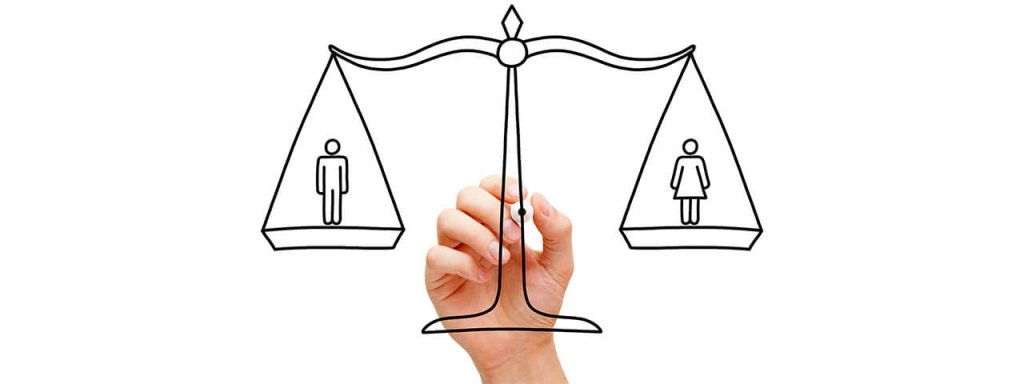Recent Equal Employment Opportunity Commission (EEOC) gender-based discrimination allegations suggest that many employers are unclear about what constitutes pay discrimination in the eyes of courts and regulators. While it can be a gray area, it’s important to know the basics to help you assess your risk of an EEOC equal pay claim — and take preventive measures to protect your company and its employees.
Which Laws Apply?
The principal laws governing pay discrimination are:
- The Equal Pay Act of 1963 (EPA), and
- The Civil Rights Act of 1964.
The Age Discrimination in Employment Act of 1967 (ADEA) and the Americans with Disabilities Act (ADA) also can come into play in indirect pay discrimination cases with a gender element. For example, an employer might set compensation for jobs predominantly held by women (or other “”protected class”” employees under the Civil Rights Act of 1964) below that suggested in an industry job evaluation study. Or an employer might maintain a neutral compensation policy that has an adverse impact on women that “”cannot be justified as job-related and consistent with business necessity.””
What Types of Pay Are Covered?
Under the EPA, “”pay”” refers to all forms of compensation, not just wages or salaries. Other categories can include:
- Bonuses,
- Employee benefits,
- Vacation and paid holiday allowances, and
- Reimbursement rates for work-related travel.
Pay practices are examined for potential discrimination on a location-by-location basis. That means that, if you have an office in California and another in Kansas, you wouldn’t be expected to maintain the same compensation scales for both. The issue is relative pay by location. However, workers at different sites “”sometimes may be compared if the same managers oversee the operations of both locations and workers frequently transfer between the two locations,”” according to the EEOC.
What Qualifies as “”Substantially”” Equal?
The basic equal pay for equal work standard doesn’t define “”equal work”” as a man and a woman doing precisely the same job or having the same title. Rather, their jobs must be “”substantially”” equal. In addition to being at the same location or establishment, the following four criteria are taken into consideration.
- Skill. This is assessed by factors including experience, education and training required for the job. It doesn’t necessarily cover all the individual’s skills. For example, let’s say there is a basic accounting position at your company. It might be discriminatory to pay a man with a Ph.D. in economics more than a woman with an undergraduate degree in accounting. Why? The man’s higher level of education isn’t required to perform the responsibilities of a basic accounting position.
- Effort. This criterion applies to both mental and physical exertion. An illustration offered by the EEOC contrasts two workers on an assembly line. Worker A simply attaches one part of a product to another. Worker B attaches the parts, but also lifts the heavy finished product and places it somewhere else. The additional physical exertion could justify paying B more than A.
- Working conditions. Two factors are at play here. The first is physical conditions, such as temperature, fumes and ventilation. The second is the degree of hazard. Presumably this criterion would justify paying a man who works in a hot, smelly and dangerous environment more than a woman in a “”substantially similar”” job in a safe, clean environment. However, it’s hard to imagine how similar jobs could exist with such divergent working conditions.
- Responsibility. Higher base pay could be more justified for, say, a sales rep with authority to negotiate deals and payment terms than for another rep who must operate with fixed constraints. Minor differences in responsibility — such as being in charge of turning off the office lights at the end of the day — wouldn’t be a factor in this job analysis, according to the EEOC.
What Constitutes Retaliation?
A final way that an employer can get into hot water is by taking any action that might be viewed as retaliatory against an employee making a discrimination allegation. For example, earlier this year, a janitorial services company settled a suit brought by the EEOC for $36,000. After a female employee complained about being paid less than a male counterpart for similar work and asked for a raise, she was assigned more work. She was also verbally harassed and eventually terminated. It’s possible that the original discrimination charge might have been dismissed, if not for the retaliatory treatment she received after she alleged pay discrimination.
|
Making Amends Some employers recognize pay disparities along gender lines. But then they fail to take remedial action. That was a point that the EEOC’s acting chair stressed in a recent case involving a major university.
Female professors at the university’s law school were paid, on average, nearly $20,000 less than male professors performing “”substantially equal work under similar working conditions,”” according to the EEOC. |
“”Despite recognizing the significant pay disparity … the university failed to take corrective action by adjusting salaries of female professors,”” the EEOC stated in a summary of the case. “”I hope cases like these get the attention of all employers and lead them to not only review their pay practices, but take action to address discrimination when they find it,”” said Acting Chair Victoria Lipnic.
For More Information
When it comes to gender pay discrimination, an ounce of prevention is worth a pound of cure. If you have doubts about whether your pay practices are up to snuff, consult with a qualified attorney or HR advisor.
© Copyright 2018. All rights reserved.
Brought to you by: Andrews Hooper Pavlik

